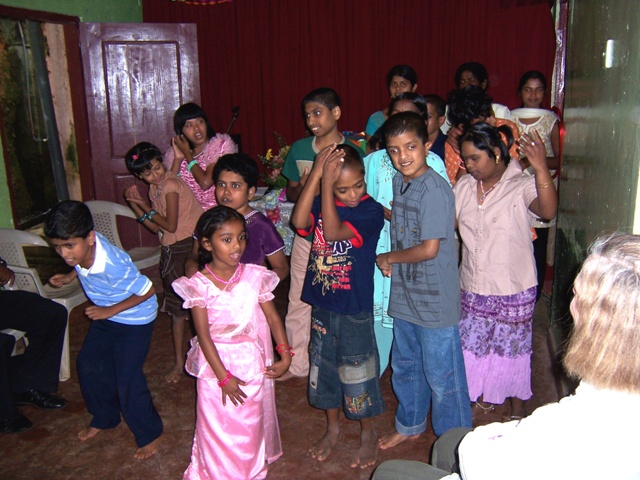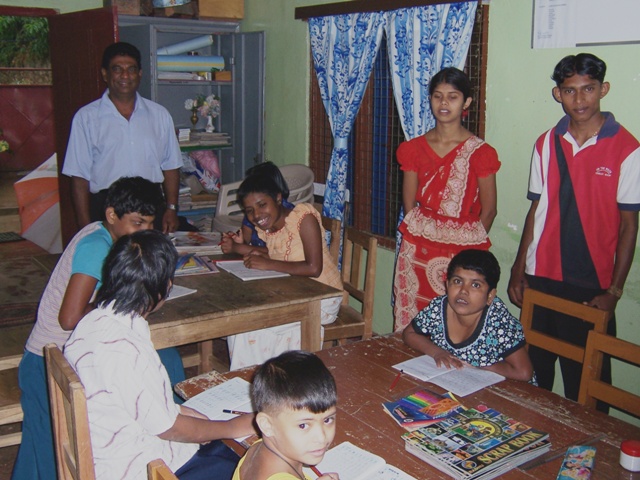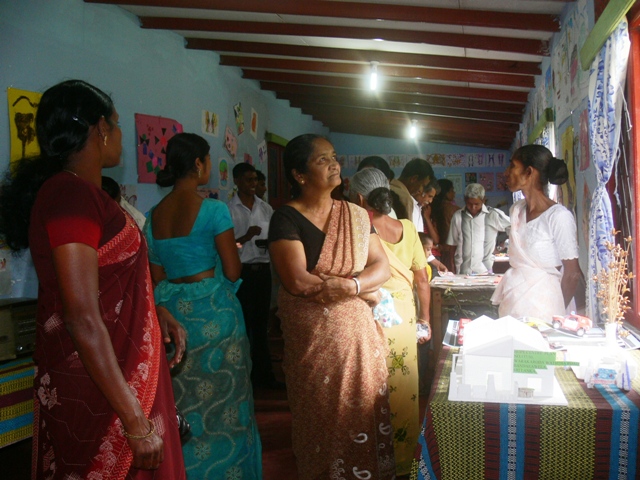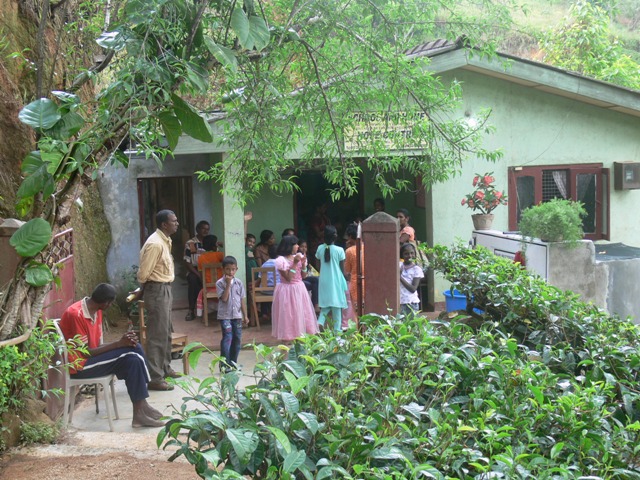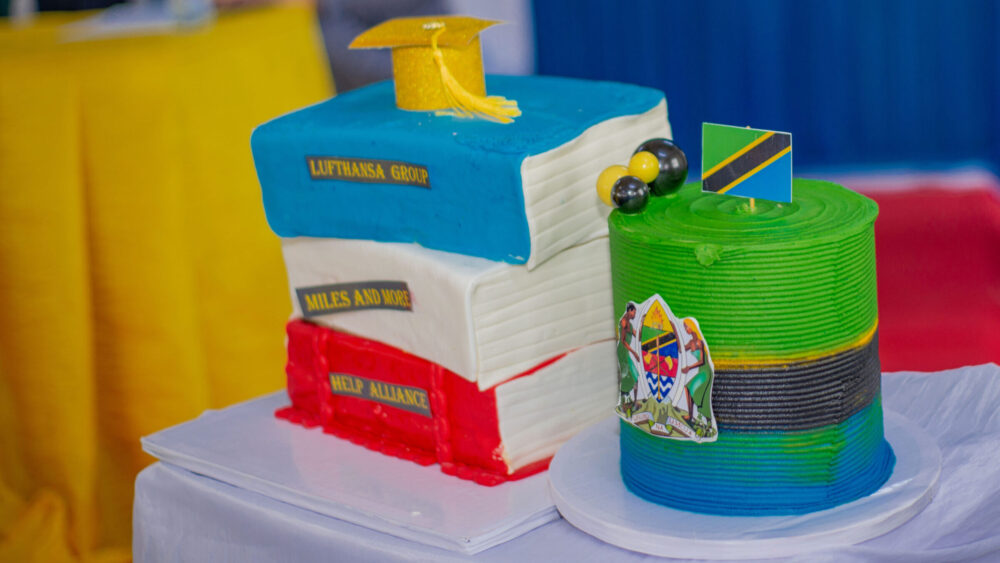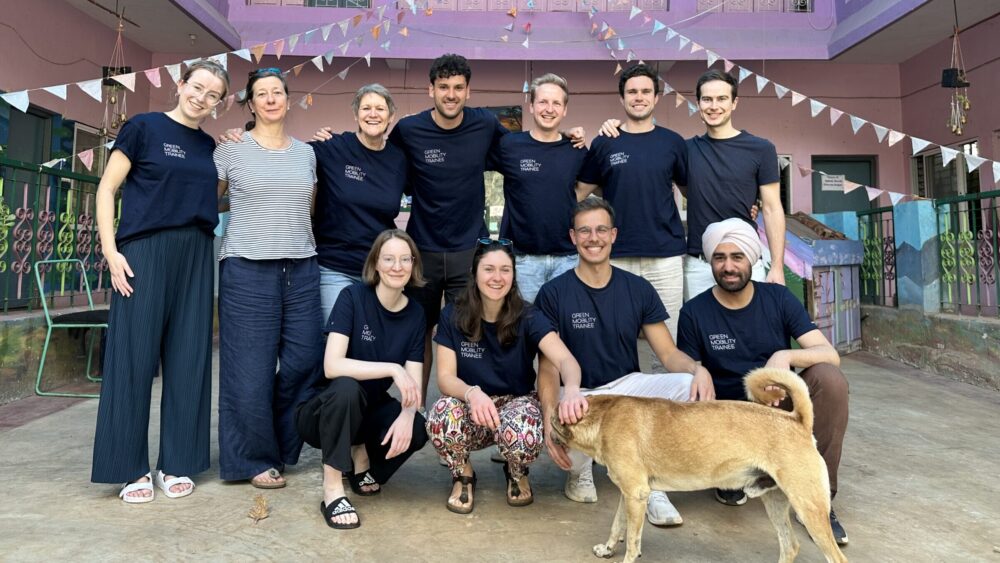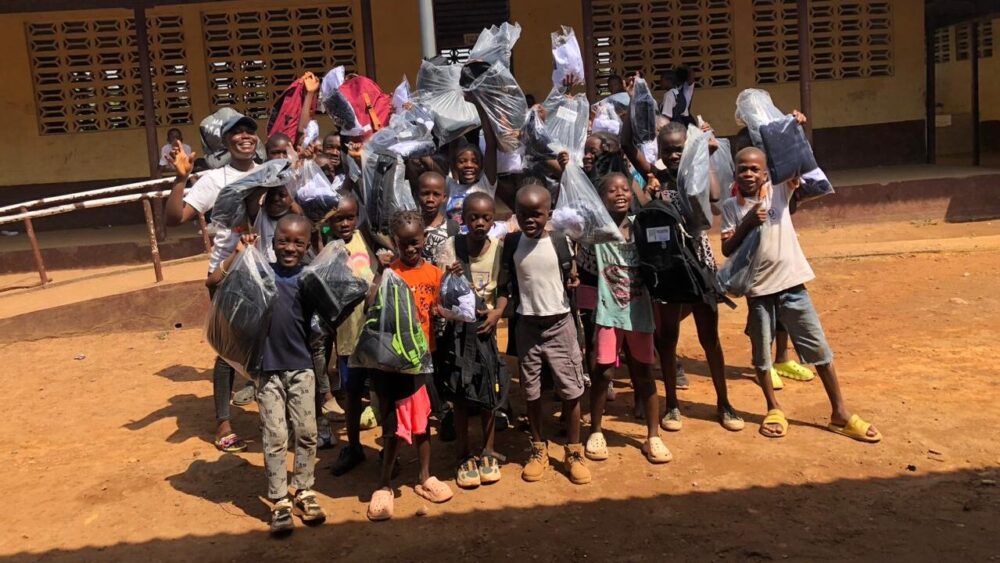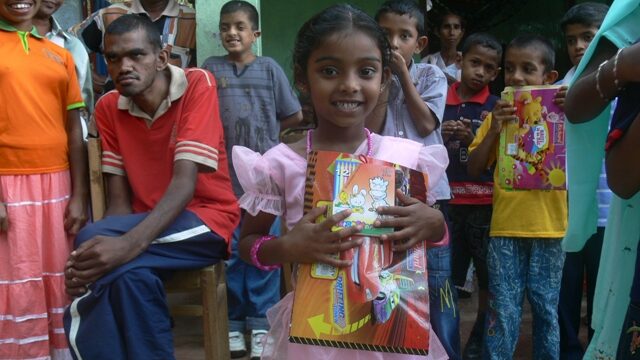
A day at the Hope Centre in Bandarawela, Sri Lanka
In conversation with Horst Ismar
At the Hope Centre in Bandarawela, children with disabilities find a home and learn basic social behaviour and everyday skills. Since 2007 the Hope Centre has been part of help alliance. We talked to the project coordinator Horst Ismar about the daily routine on site and the challenges in the project work.
How did you come to the project?
Through my membership in the One World Group of the Burgkirchen parish in Dreieichenhain I came to One World Help 25 years ago. The Hope Centre has been a project of this group since 1998.
What does a normal daily routine in the project look like?
The handicapped children are accommodated in the Hope Centre the whole year. Two caregivers also live in the Hope Centre throughout the year and help the children to cope with the day. The day starts with getting up, morning hygiene, getting dressed, breakfast. 3 teachers look after the children in class.
The first lesson is morning gymnastics. Movement and coordination exercises are very important. The children water the vegetable plants grown for their own use on the terrace under supervision. Afterwards the actual lessons with light painting and raking exercises are held. With the help of educational materials, attention, memory and motor skills are trained and there are breaks before lunch. The children are also instructed to do light housework themselves.
They have to learn to do their laundry. In the afternoon singing and dancing exercises are done. Play exercises are also part of the daily routine. The general concept is to teach the children, when they leave the Hope Centre at the age of 16, the ability to master everyday life independently. Medical care is also part of the daily routine (taking pills etc.).
What are the biggest challenges the project has to face?
The individual disabilities such as Down syndrome, epilepsy etc. are major medical challenges.
The children come from absolutely poor backgrounds and receive completely free care at the Hope Centre. The constantly rising cost of living is one of the biggest challenges of the project. Finding good and permanently working teachers and helpers for the Hope Centre is another problem.
Do you still have contact with former children? How are they doing after they have left the project? What do they do now?
I myself have no contact with former children. However, the director of the home, Reverend Maitipe, has been able to report on several children who after leaving the project were able to find a light job as field workers or help their parents in the household. One boy makes paper notebooks and distributes them independently. One boy found an office job in a tea plantation.
What is the most beautiful thing you experienced in the project?
During my annual visits I am always happy to see the children and to experience how sheltered and content they live there.
Disabled children are in most cases disadvantaged and locked away in Sri Lanka. The most beautiful thing about this project for me is to see how the children get a perspective for the future through our long lasting commitment.
And the saddest thing?
The saddest thing happened this year. Shortly after I left, a boy got seriously ill with fever. Despite a quick hospitalization this child died after 6 days. Although the cause of the illness could be determined with a blood sample. The result of this blood sample, which had to be taken in Colombo, did not come back until the day the child died. Afterwards it turned out that the parents could not afford the money for a funeral and we took over the costs from the Hope Centre budget.
What has changed over time in the project?
The Hope Centre has been considerably improved with the financial support of help alliance. We have installed new toilets and separate dormitories for girls and boys.
When heavy rainfall threatened the stability of the building, a stable retaining wall was built and at the same time a good access road was built. The underpinning was also used to expand the Hope Centre. The number of children to be cared for was increased from 6 children in 1998 to currently 18 children. The teaching staff receives special training from the state authorities. The medical care is also regulated by the state. The Hope Centre is a recognised NGO.
What did you learn through the project?
Helping is a very good perspective in life for oneself. We believe that long-term help in a defined project is better and more effective than donating here and there. Through our commitment we have met and come to love many people in Sri Lanka.
What are the plans for the project in the future?
Permanent continuation and if possible further improvements in equipment and daily needs.

